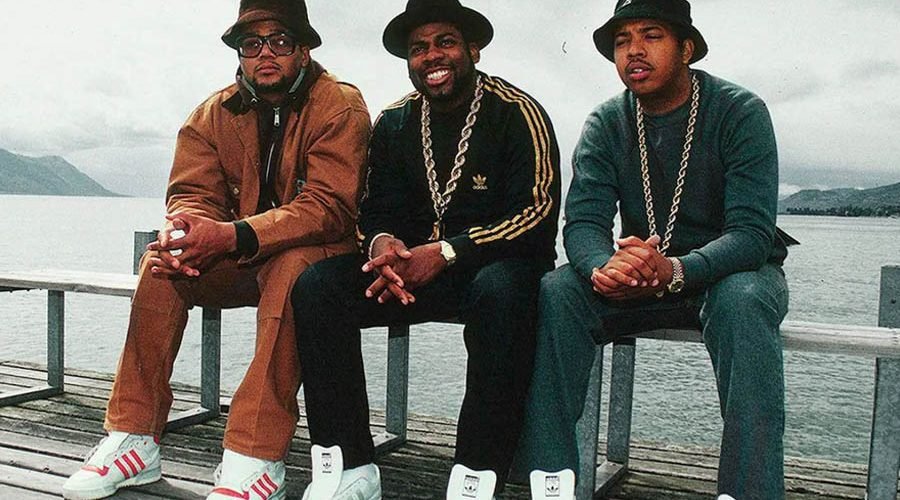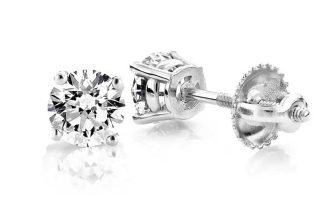Hip-hop culture has been a powerful force in fashion since the genre’s early years. Rappers, MCs, and DJs have all shaped fashion trends through their clothing choices.
During the ’80s, rappers began to adopt sportswear brands as their signature uniform. This trend later developed into streetwear fashion, which became a popular and widely recognized style.
Table of Contents
The Early Years
In the early years, Hip-hop culture was an inspiration for the emergence of streetwear fashion. Baggy clothing, oversized sports jerseys, and hats marked the era. The style was influenced by hip-hop artists who were known for promoting and celebrating inner-city lifestyles. This aesthetic not only provided comfort but also challenged traditional fashion norms that often-emphasized form-fitting attire. Hip-hop culture has been a powerful force in fashion industry, especially in the realm of streetwear. Streetwear is a style of casual and comfortable clothing that originated from urban and skateboarding communities but was later embraced and popularized by hip-hop artists and enthusiasts.
Hip-hop is a subgenre of music that evolved from the disco era to the modern day. This musical genre is defined by a unique style of spoken words based on rhythm, rhymes, and beats that have an underlying social and political message. The music is often referred to as “street culture” and is usually played at parties.
The origins of hip-hop began in the 1970s and 1980s with the Movement of Black Power. This movement was a reaction to the racism and injustice that occurred in many areas of the country. The music was primarily created to inspire and empower people, but it was also considered to be an art form that could help bring about change.
This movement eventually spawned a group of rappers that were known for their gangsta rap style. The rap genre was often associated with violence and misogyny, but it did not necessarily have to be that way. Its lyrical content was actually about the daily lives of the people involved and their struggles.
Some rappers even fought against the stereotype of gangsters in their music by embracing a positive image and promoting the idea of respecting others. This was important because it gave the music a more positive and inspirational message.
Throughout the 1990s, the hip-hop genre was further developed by introducing fashion staples such as Timberland boots and low-top shoes. This was also the era of a few rappers who started their own fashion lines, such as Diddy with Sean Jeans and Jay-Z with Rocawear.
In the 2000s, hip-hop became more popular in mainstream media. This resulted in pop music and hip-hop crossovers. This allowed hip-hop artists to be able to wear any type of clothes and still feel a part of the hip-hop culture.
This resulted in many rappers and other artists becoming very successful as they could sell their own clothes. This made the world of fashion and rap more exciting.
The ’80s
Hip-hop Culture is a powerful genre that has impacted a number of different art forms. It has also played an important role in the fashion world, influencing various styles and clothing brands that are still appreciated today.
The ’80s were when hip-hop culture was at its peak, and the fashion world began to notice. Many brands embraced this new trend and began to incorporate hip-hop influences into their designs. Some even started their own lines of clothing, such as Puff Daddy’s FUBU label and Daymond John’s Rocawear.
During this period, the popularity of MCing and rapping rose rapidly. Artists like MC Hammer, Rakim, and Public Enemy were all able to make a name for themselves by creating personas that could be super-smooth or gangland tough. These characters became the faces of rap music and were often seen in their own video clips.
These rappers and MCs were not just expressing their own identity, they were also critiquing the racial inequalities that permeated their neighborhoods. They were taking a stand against the police who disproportionately incarcerated Black men and the socio-economic conditions that created black-on-black crime.
As a result, hip-hop fashion had to reflect the racial and cultural differences that were present in the communities it represented. This led to a wide variety of styles that were inspired by different parts of the world.
In the early ’80s, rap music started to become more political, and this also influenced hip-hop fashion. The emergence of rappers with a strong sense of black-nationalist ideology changed how people dressed and wore their hair. These artists adopted dreadlocks, other black-nationalist looks, and more militaristic outfits that often included bright colors.
Breakdancing was also a huge part of this period, and breakdancers were seen wearing tracksuits with chains and Kangol hats that incorporated hip-hop influences. This style quickly gained popularity and influenced a whole new culture of streetwear.
The ’80s also saw a rise in graffiti writing. Graffiti writers and artists such as Mark Ecko, Stash, and KAWS began to use T-shirts as a canvas for their art, combining illustrations and second colors to create unique designs that were bold and colorful. They often jumped over fences and sneaked into subway tunnels, painting entire train cars with their works of art.
The ’90s
Hip-hop culture has a long history of influence on streetwear fashion. From hoodies and sneakers to sweatpants and chains, these items have been popularized by rappers since the ’80s, influencing designers and high fashion brands alike.
Rap music began in the 1970s as a reaction to the disco culture of New York City. During this time, boroughs like the Bronx were populated by Caribbean immigrants and African Americans, and they would dress up in their best outfits for block parties.
When MCs and rappers started gaining popularity, they started to use specific colors and pieces of clothing in their outfits to create a unique aesthetic. This included military jackets and baseball hats with large jewelry, which became synonymous with hip-hop in the ’80s.
In the ’90s, rappers also began to wear brightly colored outfits and throwback jerseys. The style was inspired by traditional African American dressing and became more popular among women.
The ’90s was also when rappers started creating their own clothing lines. These clothing lines would have logos and colors to reflect the hip-hop culture they were part of.
One of the most notable rap artists of the 1990s was Jay Z, who created his own fashion line. He wore clothes with his logo and favored colorful patterns, often printed on the backs of shirts.
Another rap artist who had an impact on hip-hop fashion was Michael Jordan, who endorsed Nike’s Air Jordan sneakers and influenced the entire streetwear scene with his style. The sneakers were so influential that they became status symbols on the streets.
These shoes paved the way for the sportswear brand Starter to make its mark on hip-hop fashion. Using a similar ethos to Nike, Starter produced hoodies and jackets that rappers wore.
Other famous rap artists such as Outkast, Pharrell Williams, and Kanye West all wore their own styles of clothing. Some favored slim, tailored outfits; others embraced skate brands and mesh trucker caps.
Although hip-hop culture has been criticized for glorifying certain designer brands, these rappers have greatly impacted the fashion industry and their style. Many of these rappers have their own fashion lines, and they are able to create new styles and trends in the world of hip-hop that are not always seen elsewhere.
The ’00s
Hip-hop culture has a massive influence on the fashion industry, and in the ’00s, this was especially true. Countless style trends and clothing brands became prominent thanks to hip-hop culture’s influence.
In the ’00s, fashion was a global mashup of styles worldwide and numerous music-based subcultures. Hip-hop was the most popular, inspiring many different streetwear trends.
This era saw the rise of new music genres, such as West Coast hip-hop and gangster rap. It also saw a number of major artists emerge, such as Public Enemy, N.W.A, Tupac Shakur, and Snoop Dogg.
During this era, rappers started to adopt luxury fashion brands and brandish them in their music videos. This was a huge change in the world of rap, as the culture was previously associated with a dangerous lifestyle and was often perceived as having no credibility.
The ’00s also saw a resurgence in fashion brands that fused skateboard culture with hip-hop. Labels such as Bathing Ape and BAPE were incredibly popular, as they brought elements of both skateboard and hip-hop to their designs.
In the early 2000s, these brands started to become mainstream in the United States, and celebrities like Pharrell Williams wore them. They also made their way into the high-end world, where they were able to compete against brands such as Ralph Lauren and Michael Kors.
This trend was especially prevalent in hoodies and tracksuits, with brands such as BAPE extremely popular among rap stars and fashion enthusiasts. The designs of these brands were unique and bold, which helped them stand out from the rest of the crowd.
Another key craze in this era was slim fit, which was seen as the alternative to baggy clothes. This trend was initially a little bit controversial, but it eventually became popular and soon started to phase out baggy clothes.
The ’00s also had a lot of rappers who wore their personal style on their sleeves. Artists such as A$AP Rocky and Fabolous were able to make their style an integral part of their artist brand.





